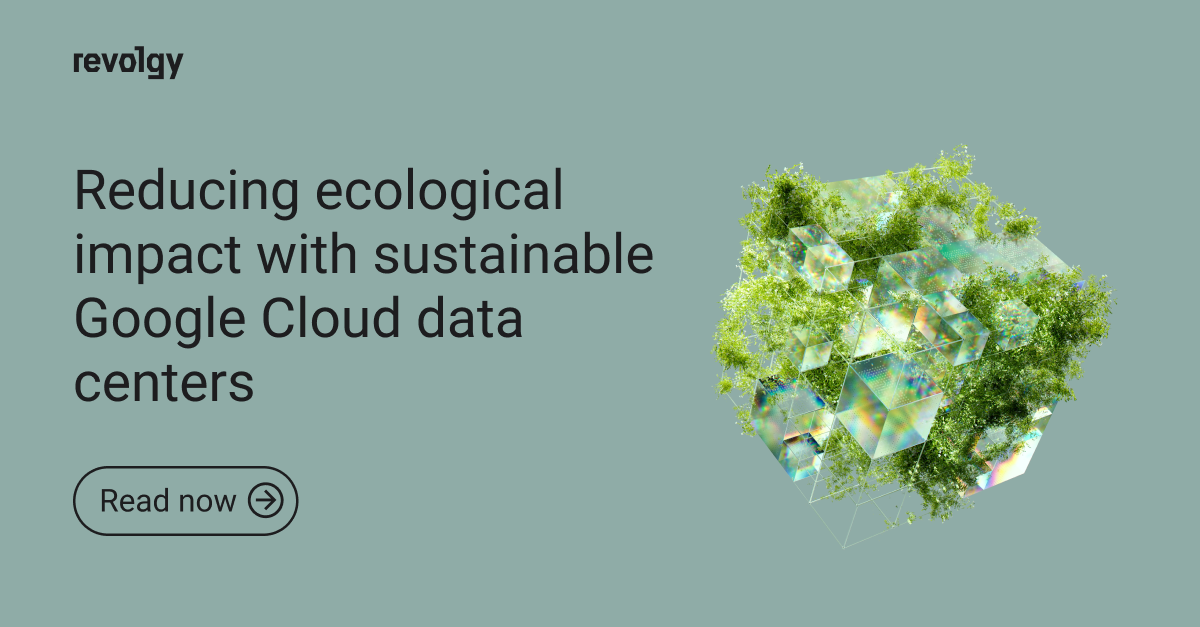GCP
Cut your carbon footprint with Google Cloud’s carbon-free regions
Did you know that Google Cloud is one of the greenest clouds out there? So, running your infrastructure on GCP and choosing the right Google Cloud region can significantly reduce your carbon footprint. While factors like latency, cost, and data residency matter, it’s also important to consider the carbon intensity of the electricity powering your applications.
Google’s commitment to carbon-free energy
Google aims to match its energy use with carbon-free energy (CFE) every hour in all regions by 2030. This means Google Cloud customers can minimize the carbon impact of their applications.
Google Cloud regions are specific geographic locations where Google’s data centers are situated. These regions host your applications and data, and each one has different characteristics — for example, each region has a carbon-free energy percentage (CFE%) that shows how often your applications will run on carbon-free energy.
In 2007, Google became the first major company to achieve carbon neutrality. By 2017, Google matched 100% of its electricity consumption with renewable energy. Today, Google Cloud is the only major cloud provider that covers its entire operations with renewable energy purchases, leading in wind and solar power acquisitions. Plus, by 2030, Google pledged to run the business on carbon-free energy everywhere and at all times.
Understanding the metrics
Google CFE% shows the average amount of carbon-free energy used in a location, considering both the clean energy from the grid and Google’s own renewable energy investments.
Grid carbon intensity (gCO2eq/kWh) measures the average emissions per unit of energy from the local grid, which is useful for comparing regions with similar CFE%.
Carbon data across Google Cloud regions
Google Cloud provides detailed carbon data for its regions, revealing significant differences in carbon-free energy usage and grid carbon intensity.
For example, regions like Montréal and Finland boast a high CFE% of 100% and 97%, respectively, making them excellent choices for minimizing carbon emissions. In contrast, regions like Delhi and Warsaw have lower CFE% and higher grid carbon intensity, indicating higher carbon emissions.

Find the full table here.
Incorporating carbon-free energy into your business strategy
To include carbon considerations in your cloud strategy:
- Choose cleaner regions: Pick regions with the highest CFE% for new applications to reduce emissions.
- Batch jobs: Run batch workloads in regions with the best CFE% to use cleaner energy.
- Organizational policies: Use resource location restrictions to prioritize low-carbon regions with Google Cloud’s “Resource Location Restriction” policy.
The Carbon Footprint Dashboard is a key tool provided by Google Cloud to help you monitor and manage your carbon emissions. It allows you to easily view the carbon emissions generated by your cloud usage, track changes over time to see how your usage impacts your carbon footprint, and receive actionable insights on how to optimize your cloud usage to reduce emissions.
Google Cloud helps businesses reduce their environmental impact with its commitment to sustainability. Use the Dashboard and choose regions with high carbon-free energy percentages to lower your carbon emissions. Learn more about Google Cloud’s sustainability efforts and how you can contribute to a greener future by visiting our website.



